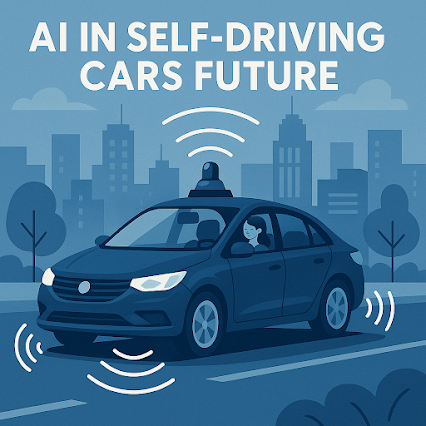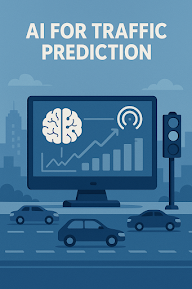All the people are discussing AI, large language models (LLMs), and autonomous agents.
And the thing that most people overlook is that AI is not about being intelligent, the hygiene of data.
You can never construct a smart system on a contaminated ground.
And even the best intelligence available will not rescue your data which is faulty, incomplete, or prejudiced.

The Harsh Truth
Machine Learning, Artificial Intelligence, Generative AI or the new generation of Agentic AI–
bad data does not just turn into smart.
It is simply made very wrong.
The AI will be able to present your insights as impressive, your dashboards as shiny and your outputs as eloquent.
However, when the input is incorrect, the outcome will be incorrect as well, but in a more persuasive manner.
The secret danger of the current AI boom is that we are putting messy, unauthenticated, or biased data into systems that can be multiplied millions of times over by them.
This is what the majority of AI projects are privately telling you after the hype is over:
A fifth of the time is actually spent not training models, but cleaning, labeling and repairing data.
It is the quality of data that is directly related to the accuracy of any AI system and not the size of the model or the number of parameters.
You can not fine-tune your way out of broken data.
There can be no saving of bad inputs by better models. They just ensure that the errors are done faster and prettier.
That is why the most successful AI teams start with data pipelines, or the data collection, cleaning, and structuring process, and then develop models on top.
In 2025, it will not be who constructs the biggest or the most sophisticated model.
It is who constructs the cleanest pipeline.
Since even the most developed AI stack is not as advanced as it can be–
when you feed the stinking cattle, your output will be as well.
Companies investing in organized, confirmed, and continually updated data will be ahead of companies in pursuit of the newest algorithm.
It is not a sexy job, but this is what distinguishes a difference between an AI that works and AI that breaks.
The Big Picture
The new AI disruption will not be based on new algorithms.
It will be companies that consider data as infrastructure rather than an appendix.
Think about it:
Unless your information is reliable, then your knowledge cannot be reliable.
When your insights are false, so will be your decisions.
And when you make the wrong decisions, no AI system will be able to assist you to correct it on a large scale.
AI does not correct poor information, it enhances it.
That is the rule of intelligence, which is not spoken: Garbage In – Garbage Out.
What You Can Do Now
Unless you are already creating or incorporating AI into your business, you should begin here:
Audit your data sources.
Be aware of the source of your data, its timeliness, and its trustworthiness.
Invest in data hygiene.
Your data needs to be cleaned, normalized and labeled, not as an aside.
Automate quality checks.
Detection Early detection of duplicates, inconsistencies and anomalies is done by use of scripts or AI tools.
Create feedback loops.
Allow your users and staff to fix mistakes, then your system gets smarter with time.
Manage data as infrastructure.
The businesses that succeed in AI are those that developed scalable, reliable data pipelines – not fancy chatbots.
The Bottom Line
AI is able to analyze, summarize, and generate, however, it cannot redeem bad data.
To achieve intelligent results, you have to use intelligent inputs.
The smartness of your model is determined by the data that drives it.
Clean data is no longer an option in the era of AI, it is your true competitive edge.


